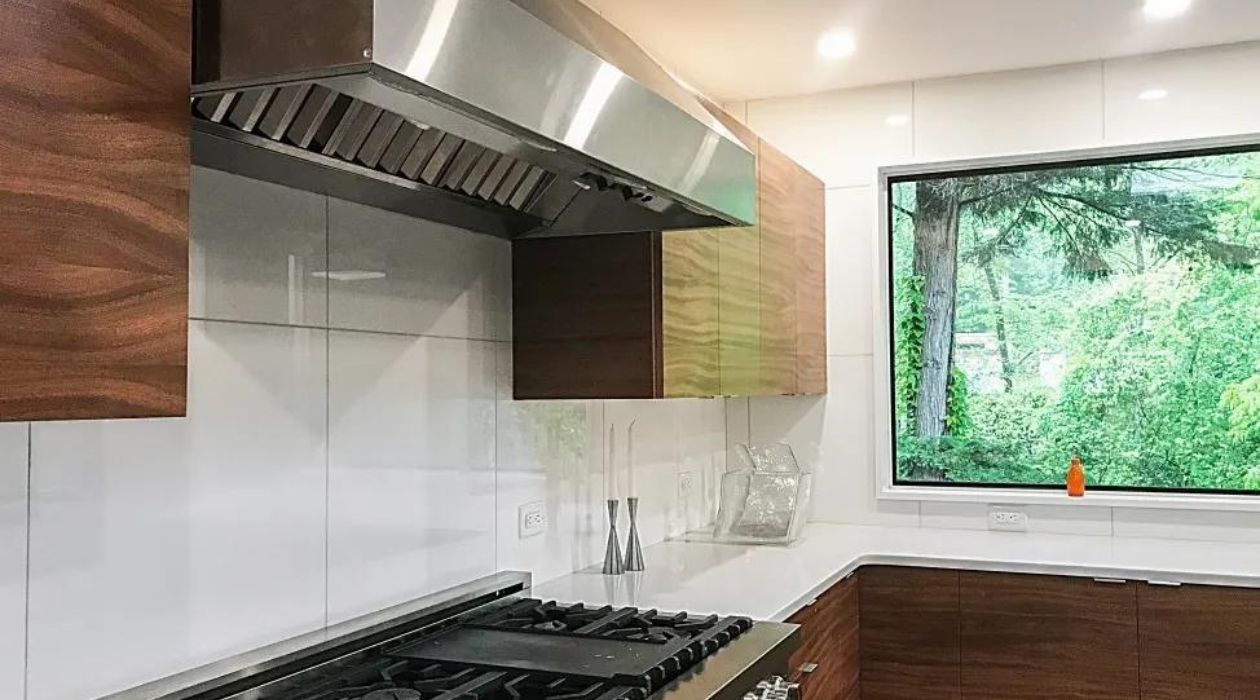

Articles
How To Measure A Range Hood
Modified: February 29, 2024
Learn how to properly measure a range hood with our informative articles. Get expert tips and advice for accurate measurements to ensure a perfect fit.
(Many of the links in this article redirect to a specific reviewed product. Your purchase of these products through affiliate links helps to generate commission for Storables.com, at no extra cost. Learn more)
Introduction
When it comes to kitchen renovations or upgrades, one often overlooked yet essential element is the range hood. A range hood not only adds a stylish and modern touch to your kitchen, but it also plays a crucial role in maintaining air quality and removing cooking odors, steam, and grease. However, before you can install a new range hood, it is crucial to ensure that you have measured it correctly.
Measuring a range hood might seem like a straightforward task, but it requires precision to ensure a proper fit. Getting accurate measurements will prevent unnecessary hassle and potential costly mistakes down the line. Whether you are replacing an existing range hood or installing a new one, following a step-by-step guide will ensure that you measure accurately and choose the right-sized range hood for your kitchen.
To make the measuring process as smooth as possible, it is important to gather the necessary tools beforehand. You will need a tape measure, a pen or pencil, and a piece of paper or a notepad to record your measurements. Additionally, having someone to assist you in holding the tape measure will help ensure more accurate results.
In the following sections, we will provide a comprehensive step-by-step guide on how to measure a range hood accurately. By following these instructions, you will be well-equipped to select the perfect range hood for your kitchen and avoid any installation mishaps.
Key Takeaways:
- Properly measuring a range hood is crucial for a seamless installation, optimal performance, and a safe cooking environment. Accurate measurements ensure a perfect fit and enhance the functionality of your kitchen.
- Consider additional measurements such as ventilation ductwork, clearance requirements, and cooking area coverage to ensure the perfect range hood for your kitchen. Taking a holistic approach to measuring will lead to a successful installation and efficient performance.
Read more: What Is A Range Hood
Importance of Measuring a Range Hood
Before delving into the step-by-step process of measuring a range hood, it is important to understand why this step is crucial. Accurate measurements are essential for a variety of reasons:
1. Proper Fit: Measuring your range hood accurately ensures a proper fit in your kitchen space. A range hood that is too small might not effectively capture cooking fumes and smoke, while a range hood that is too large can overpower the room and create an unbalanced aesthetic. By measuring correctly, you can ensure the range hood fits perfectly and complements the overall design of your kitchen.
2. Installation Peace of Mind: By measuring your range hood accurately, you can be confident that the installation process will be smooth. Proper measurements help determine the necessary ductwork, electrical connections, and mounting requirements, saving you from unexpected delays or complications during the installation process.
3. Efficiency and Performance: A correctly sized range hood is essential for optimal performance. It effectively captures airborne pollutants, cooking odors, and grease. If the range hood is too small, it may not effectively remove all the airborne contaminants, resulting in poor air quality. Conversely, an oversized range hood might consume more energy than necessary, leading to inefficiency and increased utility bills.
4. Safety: Installing the wrong-sized range hood can pose safety risks. Inadequate ventilation due to an undersized range hood can lead to the buildup of grease, steam, and smoke, increasing the risk of fire hazards. On the other hand, an oversized range hood can create unnecessary turbulence and draft, which could potentially extinguish gas flames or blow out candles.
Considering these factors, it becomes evident that measuring a range hood accurately is of utmost importance. With the right-sized range hood, you can enhance the functionality of your kitchen, maintain air quality, and ensure a safe cooking environment.
Tools Needed for Measuring
Before diving into the process of measuring a range hood, it’s important to ensure you have the necessary tools at your disposal. Here are the tools you will need:
1. Tape Measure: A tape measure is an essential tool for accurately measuring the dimensions of your range hood. Opt for a sturdy and reliable tape measure that extends to at least a few feet. This will allow you to measure both small and large dimensions with ease.
2. Pen or Pencil: You will need a pen or pencil to mark measurements on paper or jot them down directly. Make sure you have a writing utensil that is easily visible and won’t smudge or fade, as you’ll need the measurements for reference throughout the installation process.
3. Paper or Notepad: To record your measurements, have a piece of paper or a notepad handy. This will help you stay organized and prevent any confusion or mix-ups. Alternatively, you can use a smartphone or tablet with a note-taking app if you prefer a digital approach.
4. Assisting Tools: While not necessary, having someone assist you during the measuring process can be highly beneficial. They can help hold the tape measure steady or provide a second set of eyes to ensure accurate measurements. If possible, enlist a family member or friend to assist you.
By having these tools readily available, you’ll be well-prepared to measure your range hood accurately. Remember to double-check that your tape measure is functioning correctly, and keep the pen or pencil close by to record measurements as you go along. With the right tools in hand, you can proceed confidently with the measuring process and ensure an accurate fit for your range hood.
Step-by-Step Guide on How to Measure a Range Hood
Measuring a range hood may seem like a daunting task, but it can be straightforward if you follow a step-by-step guide. Here’s how to measure a range hood accurately:
Step 1: Prepare the Workspace
Clear the area around your existing range hood or where you plan to install the new range hood. Ensure there is ample space for you to move around and take accurate measurements. Remove any objects obstructing the range hood’s path, such as pots, pans, or other kitchen utensils.
Step 2: Measure the Width
Using a tape measure, measure the width of the range hood. Start by placing the tape measure at one end of the range hood’s width and stretch it across to the other end. Take note of this measurement, recording it on your paper or notepad.
Step 3: Measure the Depth
Next, measure the depth of the range hood. Position the tape measure at the farthest point of the range hood’s front edge and extend it towards the back. Make sure to measure the entire depth, including any protrusions or additional components, and record the measurement.
Step 4: Measure the Height
Measure the height of the range hood by starting from the bottom and extending the tape measure to the highest point. Take note of the height measurement, ensuring accuracy.
Step 5: Consider Additional Measurements
In addition to the width, depth, and height, there are a few other measurements to consider:
- Ventilation Ductwork: Measure the location and size of any existing or planned ventilation ductwork that connects to the range hood. This will help ensure proper fit and compatibility.
- Distance from Cabinets: Measure the distance between the range hood and any adjacent cabinets or walls. This will help assess the clearance required and ensure that the range hood is properly positioned without any obstructions.
- Cooking Area Coverage: Consider the size and layout of your cooking area. Measure the distance from the range or cooktop to the range hood to ensure sufficient coverage and effective capture of cooking fumes and odors.
Step 6: Consult Manufacturer Specifications
Lastly, refer to the manufacturer’s specifications for the range hood you plan to purchase. Pay attention to any specific measurement requirements or recommendations provided by the manufacturer. This will ensure that your measurements align with the range hood’s specifications and guarantee a proper fit.
By following these step-by-step instructions and considering additional measurements, you can confidently measure your range hood and choose the right-sized one for your kitchen. Accurate measurements will ensure a seamless installation process and optimize the range hood’s performance and efficiency. Take your time, double-check measurements, and consult resources as needed to ensure accurate results.
Measuring the Width of the Range Hood
The width of a range hood is a crucial measurement to ensure a proper fit in your kitchen space. By accurately measuring the width, you can choose a range hood that complements the dimensions of your cooking area and aligns with the overall design aesthetic. Here’s how to measure the width of a range hood:
1. Clear the Area: Begin by clearing any items or obstacles around the range hood. Ensure that there is ample space to access the front, sides, and back of the range hood without any obstructions.
2. Position the Tape Measure: Place one end of the tape measure at the leftmost edge of the range hood’s width. Ensure that the tape measure aligns with the bottom of the range hood, as this will provide the most accurate measurement.
3. Extend the Tape Measure: Gently extend the tape measure across the width of the range hood, keeping it parallel to the bottom edge. Make sure to take into account any decorative elements or flanges that may extend beyond the main body of the range hood.
4. Read and Record the Measurement: Once the tape measure is fully extended, read the measurement on the tape measure at the rightmost edge of the range hood. This measurement represents the width of the range hood. Record the measurement on your paper or notepad.
5. Double-Check the Measurement: To ensure accuracy, double-check the measurement by retracting the tape measure and re-measuring the width. This will help eliminate any potential errors or discrepancies.
6. Consider Clearance Requirements: It’s important to consider the clearance requirements recommended by the manufacturer or building codes. If the range hood is installed near cabinets or walls, ensure that there is sufficient space on either side to allow for proper ventilation and ease of access.
By following these steps, you can confidently measure the width of your range hood. Take your time, be precise, and double-check the measurements to ensure accuracy. Remember to refer to the manufacturer’s specifications for any specific measurement requirements or recommendations. Properly measuring the width will ensure a perfect fit for your range hood and create a visually appealing and functional kitchen space.
When measuring for a range hood, be sure to consider the width of the cooktop or range it will be installed over. Measure the width of the cooking surface to ensure the range hood will provide adequate coverage.
Read more: How To Build A Range Hood
Measuring the Depth of the Range Hood
Measuring the depth of a range hood is essential to ensure it fits properly in your kitchen and aligns with the surrounding cabinetry and appliances. Taking accurate measurements will help you avoid installation issues and ensure optimal functionality. Follow these steps to measure the depth of a range hood:
1. Clear the Area: Begin by clearing any objects or obstructions around the range hood. Remove any pots, pans, or cooking utensils from the immediate vicinity to make it easier to access the back of the range hood.
2. Identify the Front Edge: Locate the front edge of the range hood. This is typically the part that faces the cooking area and extends outwards. It may have a decorative panel or control buttons.
3. Position the Tape Measure: Position one end of the tape measure against the front edge of the range hood. Align it with the bottom of the range hood to ensure consistent measurements.
4. Extend the Tape Measure: Gently extend the tape measure towards the back of the range hood, keeping it parallel to the front edge. Take into account any protrusions, additional components, or ventilation ductwork that might affect the depth measurement.
5. Read and Record the Measurement: Once the tape measure is fully extended, read the measurement on the tape measure at the back of the range hood. This measurement represents the depth of the range hood. Write it down on your paper or notepad.
6. Double-Check the Measurement: To ensure accuracy, retract the tape measure and re-measure the depth of the range hood. Confirm that your initial measurement is consistent with the second measurement.
7. Consider Clearance Requirements: It’s important to consider any clearance requirements specified by the manufacturer or building codes. Ensure there is adequate space between the back of the range hood and the wall or cabinetry to allow proper ventilation and access for maintenance.
By carefully following these steps, you can accurately measure the depth of your range hood. Take your time and be as precise as possible to avoid any errors. Keep in mind any additional components or ventilation ductwork that may affect the overall depth measurement. Accurate measurements will help you select the right-sized range hood for your kitchen and ensure a seamless installation process.
Measuring the Height of the Range Hood
Measuring the height of a range hood is crucial to ensure it fits properly in your kitchen and provides adequate clearance above your cooktop or range. Accurate measurements will help you select a range hood that aligns with the dimensions of your space and ensures optimal functionality. Here’s how to measure the height of a range hood:
1. Clear the Area: Begin by clearing any objects or obstructions around the range hood. Remove any pots, pans, or other kitchen utensils that may obstruct access to the top of the range hood.
2. Identify the Bottom Edge: Locate the bottom edge of the range hood, also known as the base or lower edge. This is the part of the hood that extends downward and typically overlaps with the cooking area.
3. Position the Tape Measure: Place one end of the tape measure at the bottom edge of the range hood. Align it vertically, ensuring that it is perpendicular to the floor.
4. Extend the Tape Measure: Gently extend the tape measure upwards, following the contour of the range hood. Take into consideration any added height from decorative elements or knobs.
5. Read and Record the Measurement: Once the tape measure is fully extended, read the measurement on the tape measure at the upper edge of the range hood. This measurement represents the height of the range hood. Note it down on your paper or notepad.
6. Double-Check the Measurement: To ensure accuracy, retract the tape measure and re-measure the height of the range hood. Confirm that your initial measurement matches the second measurement.
7. Consider Clearance Requirements: It’s essential to consider any clearance requirements specified by the manufacturer or local building codes. Ensure there is sufficient space above the range hood to provide proper ventilation and clearance for your cooking activities.
By following these steps, you can effectively measure the height of your range hood. Take your time, be precise, and double-check your measurements to avoid any errors. Consider any decorative elements or knobs that may add extra height to the range hood. Accurate measurements will help you choose the right-sized range hood that fits perfectly in your kitchen and provides the necessary clearance for safe and efficient ventilation.
Additional Measurements to Consider
While measuring the width, depth, and height of a range hood are paramount, there are a few additional measurements to consider to ensure a successful installation and optimal performance. These measurements will help you assess the overall suitability of the range hood for your kitchen. Here are some additional measurements to keep in mind:
1. Ventilation Ductwork: Measure the location and size of any existing or planned ventilation ductwork that connects to the range hood. This includes measuring the distance from the range hood to the nearest wall or ceiling where the ductwork will be installed. Ensure that the range hood’s dimensions align with the requirements of the ductwork and allow for proper ventilation.
2. Distance from Cabinets: Consider the distance between the range hood and any adjacent cabinets or walls. Measure the space available on each side to ensure adequate clearance for easy access and maintenance. This measurement will also determine the range hood’s positioning, ensuring it doesn’t interfere with the functionality of nearby cabinets or appliances.
3. Cooking Area Coverage: Measure the distance from your range or cooktop to the range hood. This will help you evaluate if the range hood’s capture area effectively covers the entire cooking area. A range hood that is too small may not capture all the cooking fumes and odors, while one that is too large may create unnecessary turbulence or draft.
4. Ceiling Height: If you have a high ceiling, consider the overall height of the range hood in relation to the ceiling. Measure the height from the cooking surface to the ceiling and ensure that the range hood’s height aligns aesthetically with the height of the room.
5. Mounting Requirements: If you are replacing an existing range hood, measure the location and size of the mounting brackets or screws that secure the range hood to the wall or cabinetry. Ensure that the new range hood’s dimensions align with the existing mounting requirements to facilitate an easier installation process.
6. Gas Range Requirements: If you have a gas range, it is important to consider any additional requirements for the range hood. Measure the distance between the gas burners and the range hood to ensure compliance with safety guidelines and codes. This will help minimize the risk of any flames getting extinguished by the range hood’s draft.
By taking these additional measurements into account, you can ensure that your range hood is not only the right size but also compatible with the ventilation system, kitchen layout, and safety requirements. Keep these measurements in mind when comparing range hood options and consulting the manufacturer’s specifications. Taking a holistic approach to measuring will help you choose the perfect range hood for your kitchen and ensure a successful installation process.
Conclusion
Measuring a range hood accurately is a crucial step in ensuring a proper fit, efficient performance, and a visually pleasing kitchen. By following the step-by-step guide outlined in this article, you can confidently measure the width, depth, and height of your range hood. Additional measurements, such as considering ventilation ductwork, clearance requirements, cooking area coverage, ceiling height, mounting requirements, and gas range safety guidelines, are equally important to ensure a successful installation.
Accurate measurements will allow you to select a range hood that not only complements your kitchen’s design but also provides adequate ventilation, removes cooking odors effectively, and ensures a safe cooking environment. Taking the time to measure correctly will help you avoid costly mistakes, installation delays, and potential safety hazards.
Remember to consult the manufacturer’s specifications and guidelines throughout the measuring process. They may provide specific instructions or recommendations to ensure optimal performance and compatibility. Additionally, seeking assistance from a professional if you are unsure or overwhelmed can help ensure accurate measurements and a smooth installation process.
By considering all the necessary measurements and following the steps outlined in this article, you will be well-equipped to choose the right-sized range hood for your kitchen. A properly measured range hood will not only enhance the functionality and air quality of your cooking space, but also add a stylish and modern touch to your kitchen’s overall aesthetic.
So, before you embark on your range hood installation or replacement project, take the time to measure diligently. Accurate measurements will lay the foundation for a successful and satisfying kitchen renovation or upgrade.
Frequently Asked Questions about How To Measure A Range Hood
Was this page helpful?
At Storables.com, we guarantee accurate and reliable information. Our content, validated by Expert Board Contributors, is crafted following stringent Editorial Policies. We're committed to providing you with well-researched, expert-backed insights for all your informational needs.
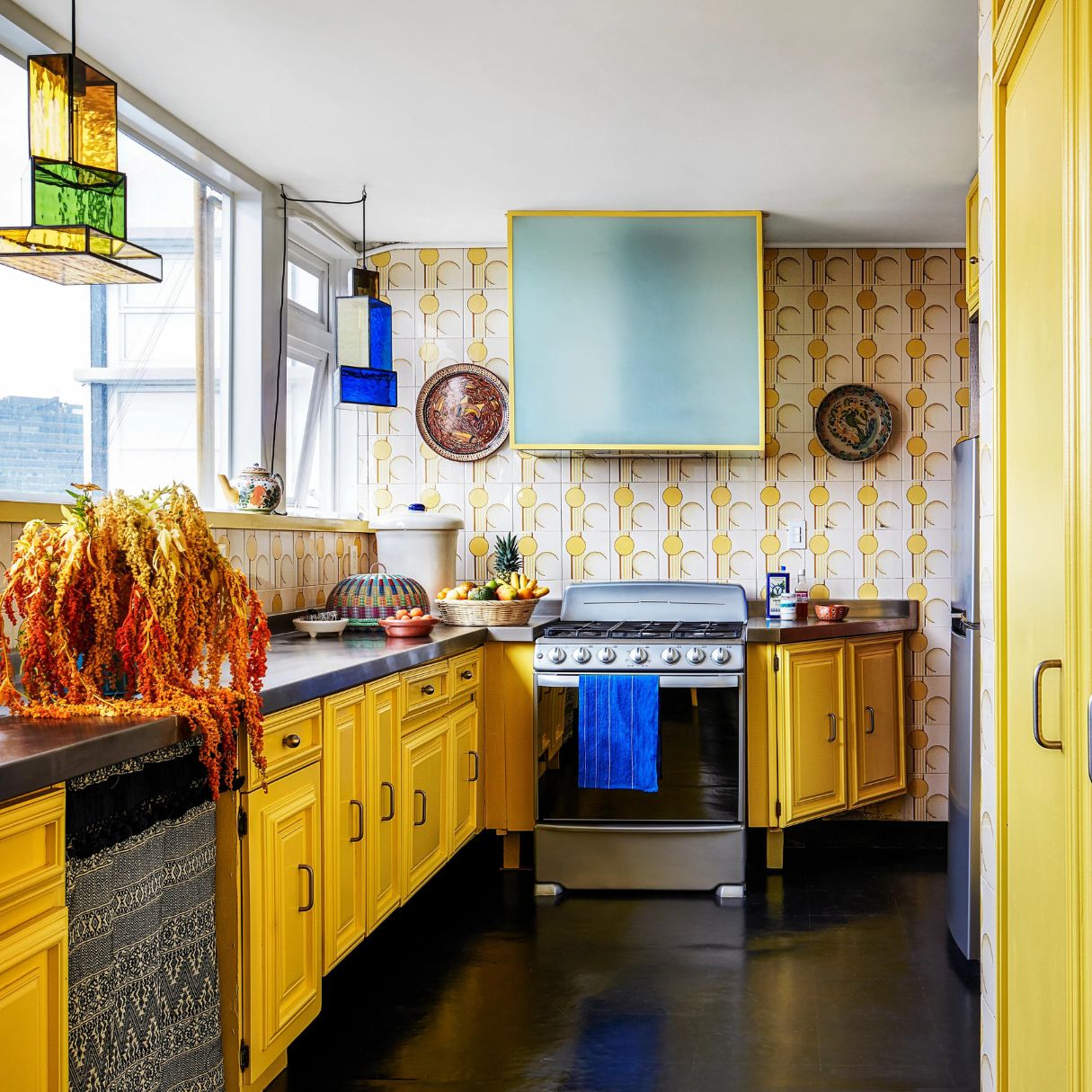
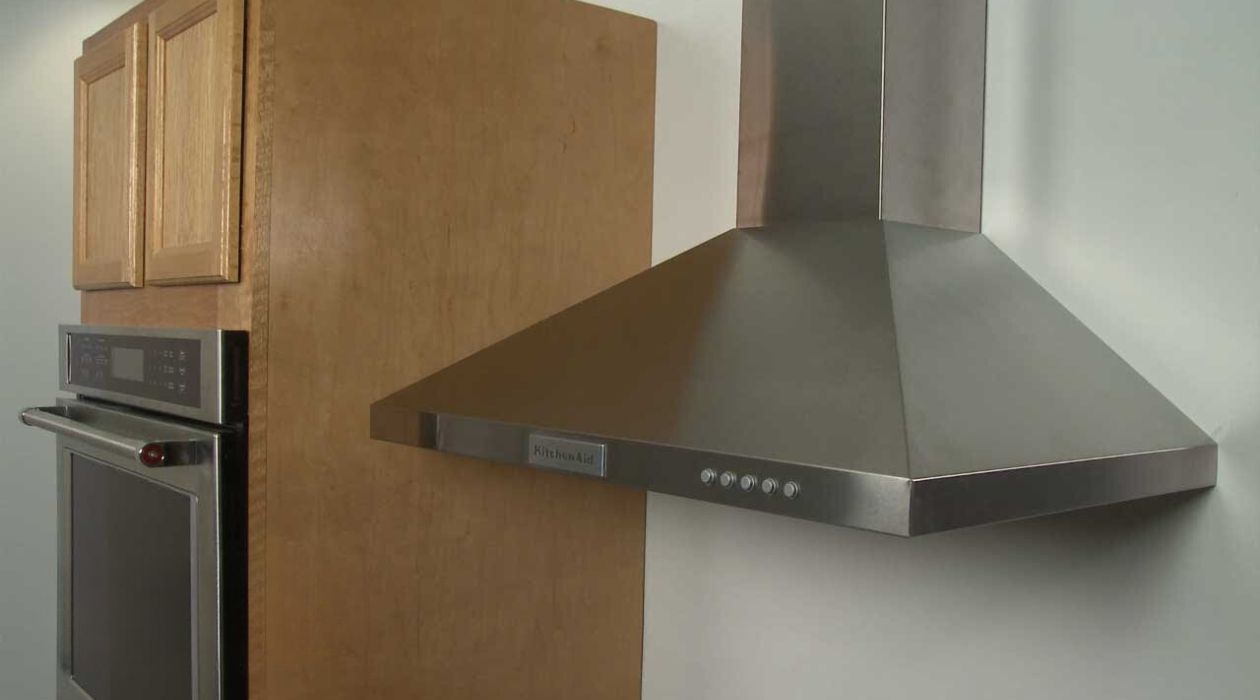
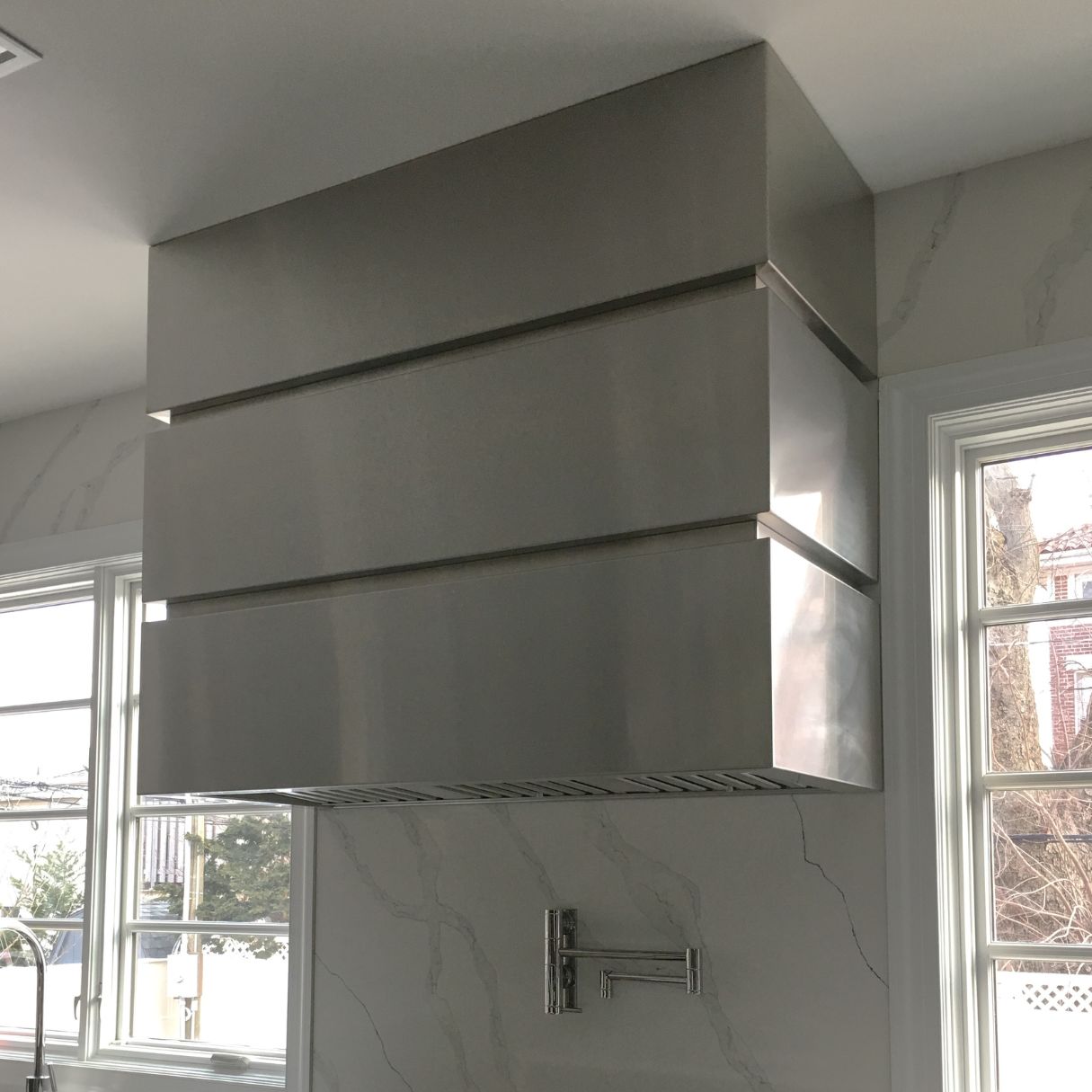
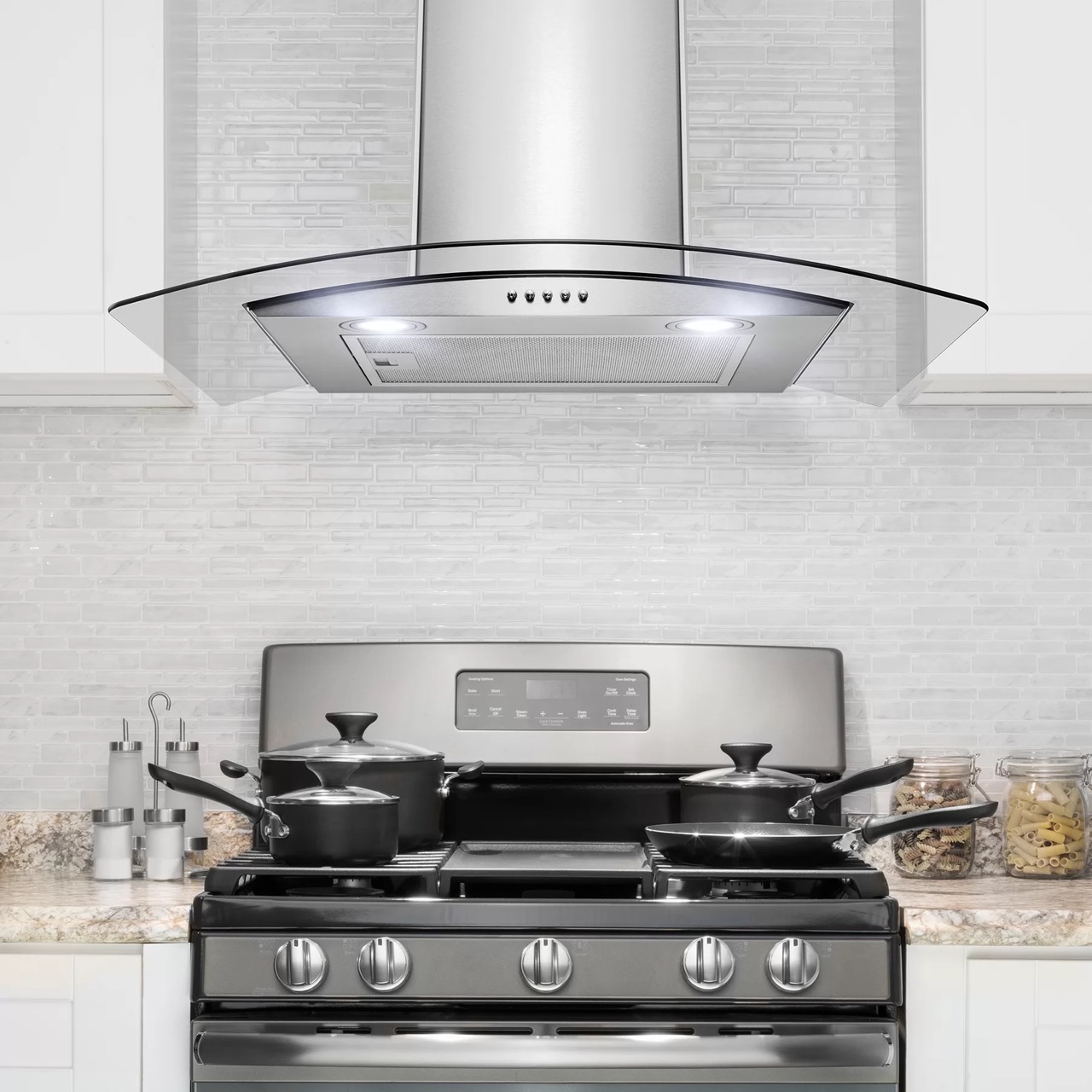
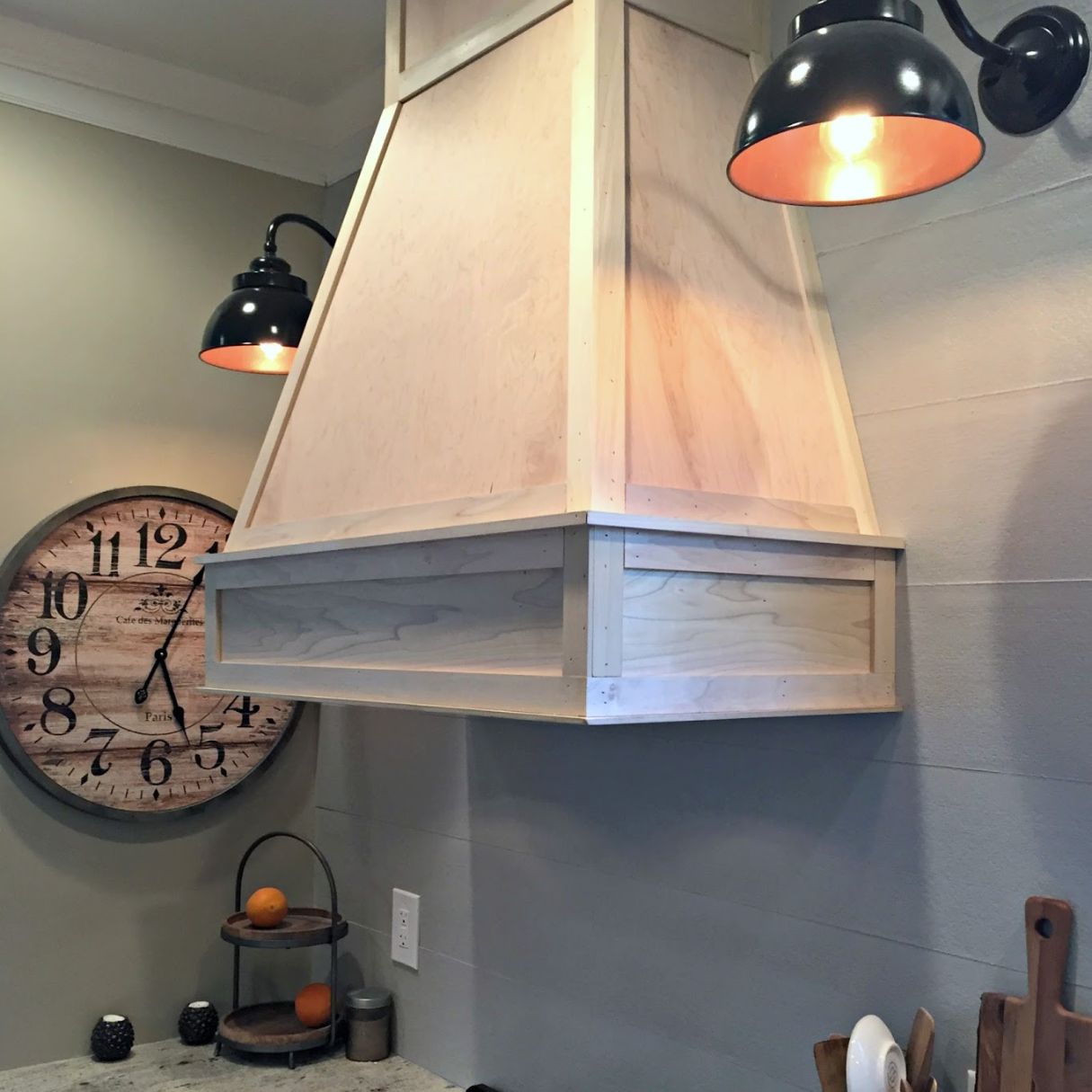
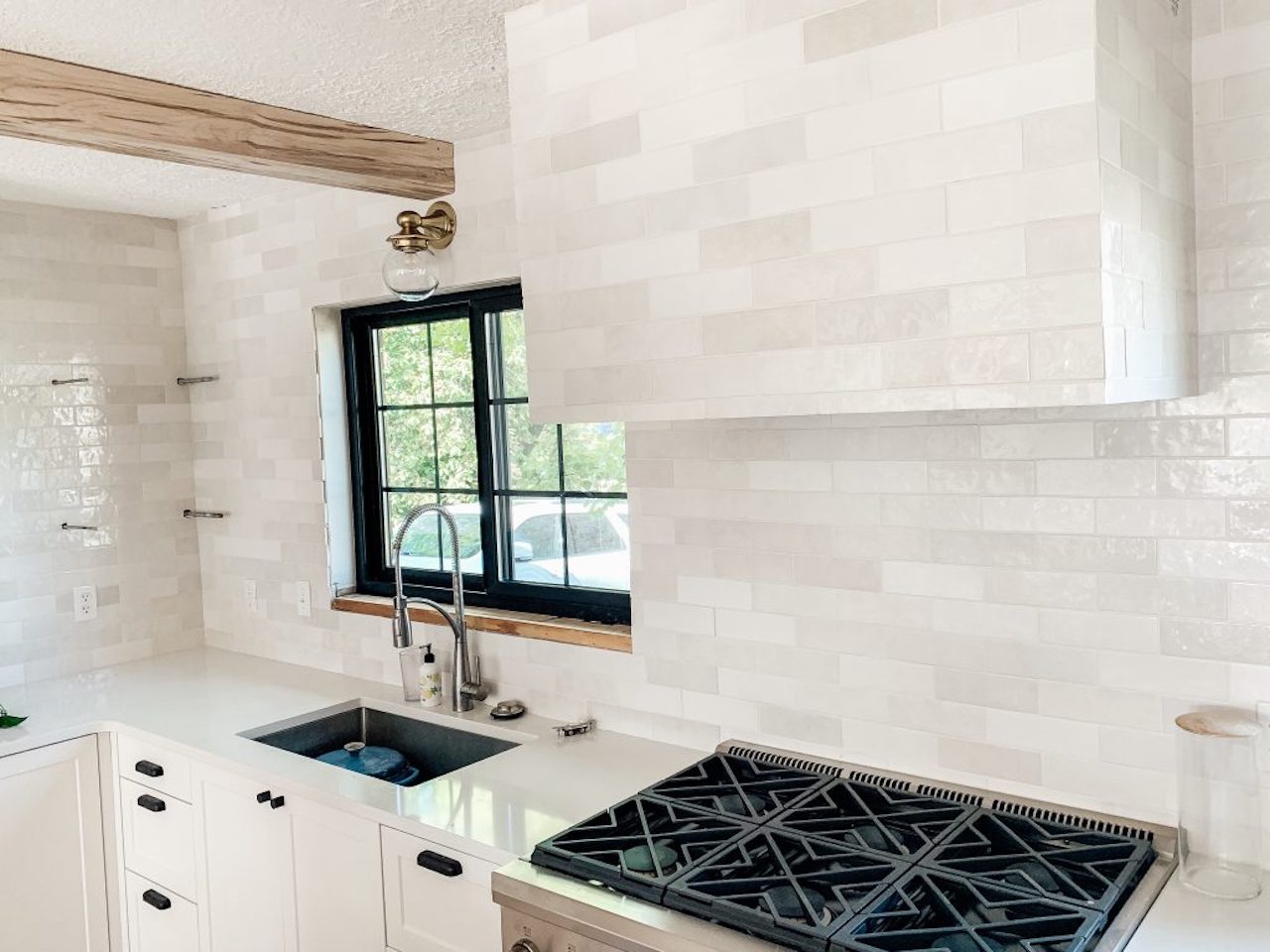
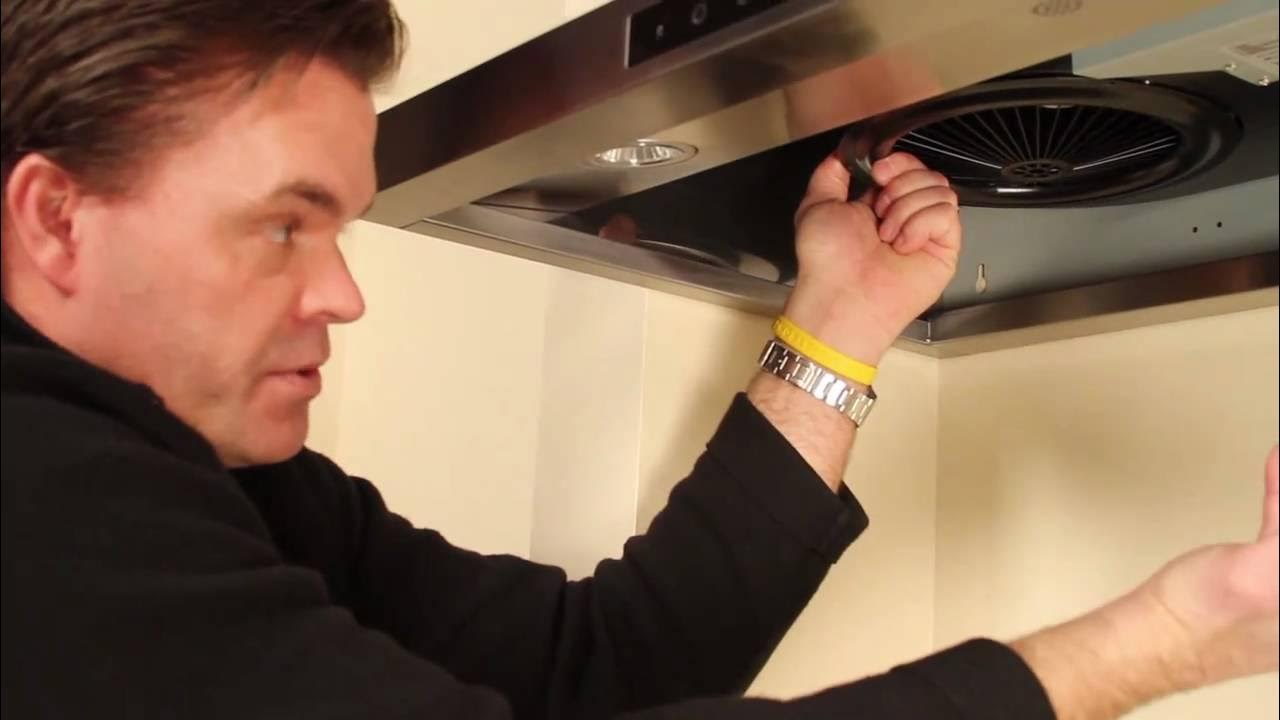
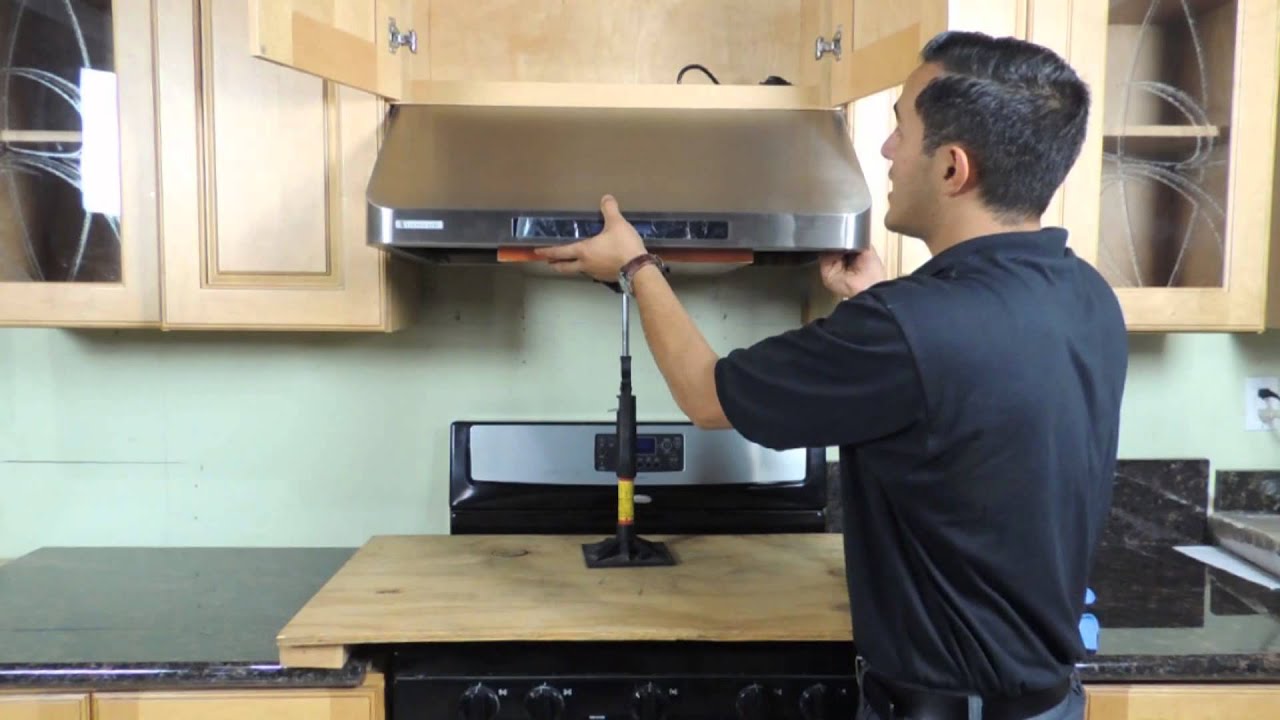
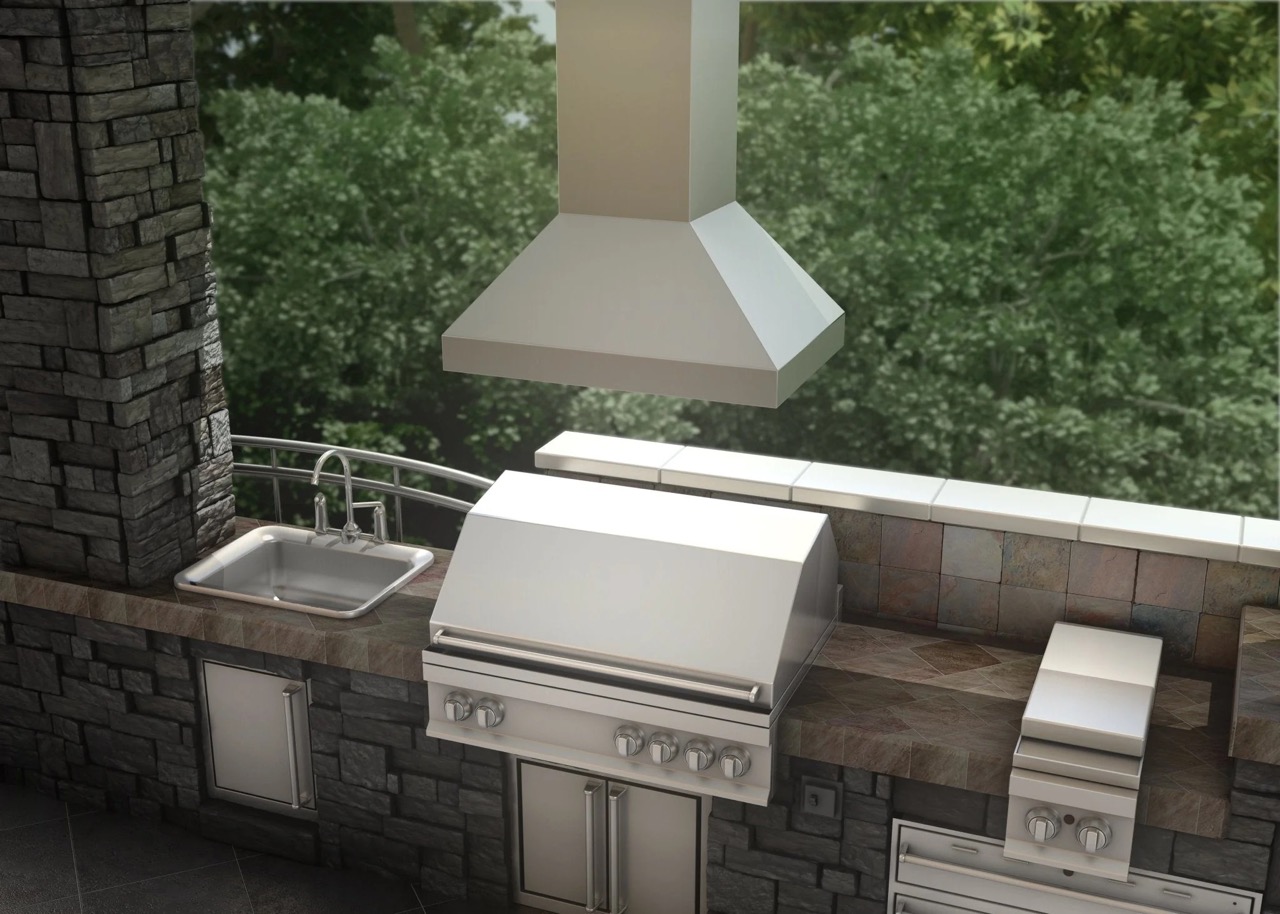
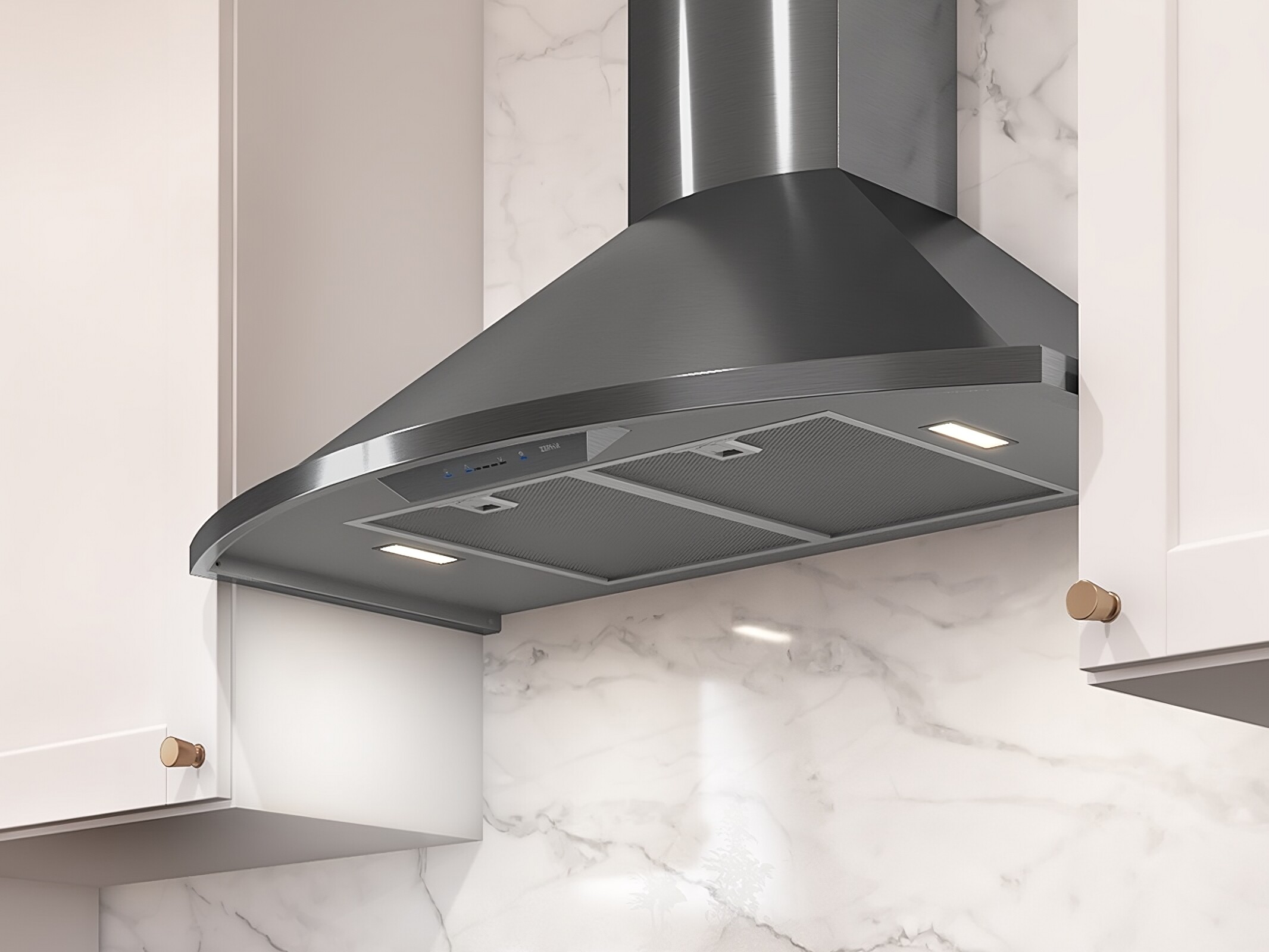
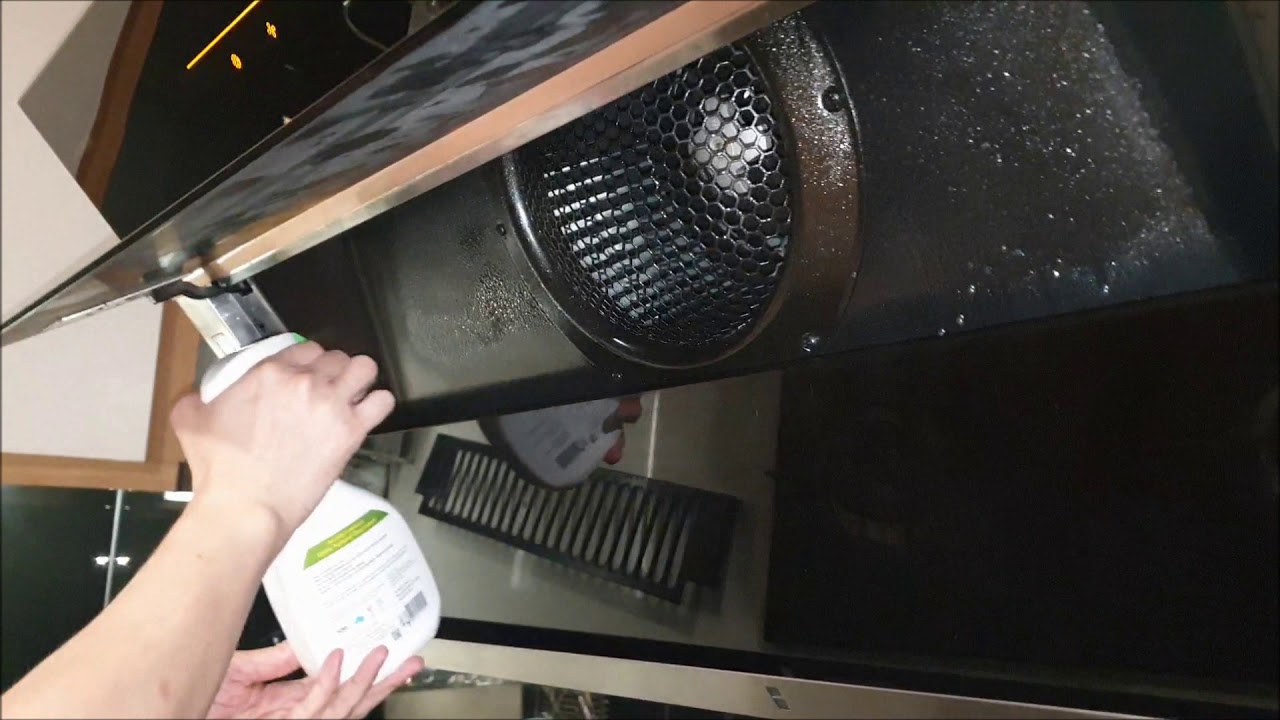

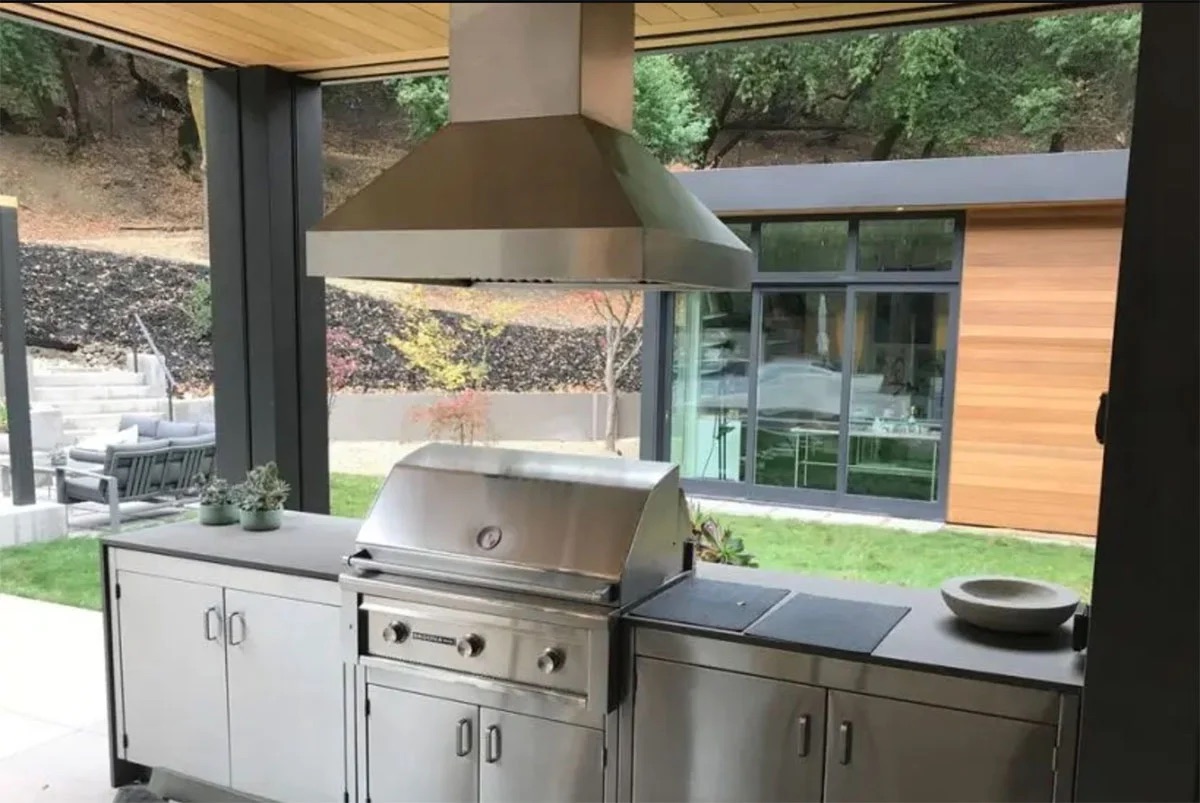
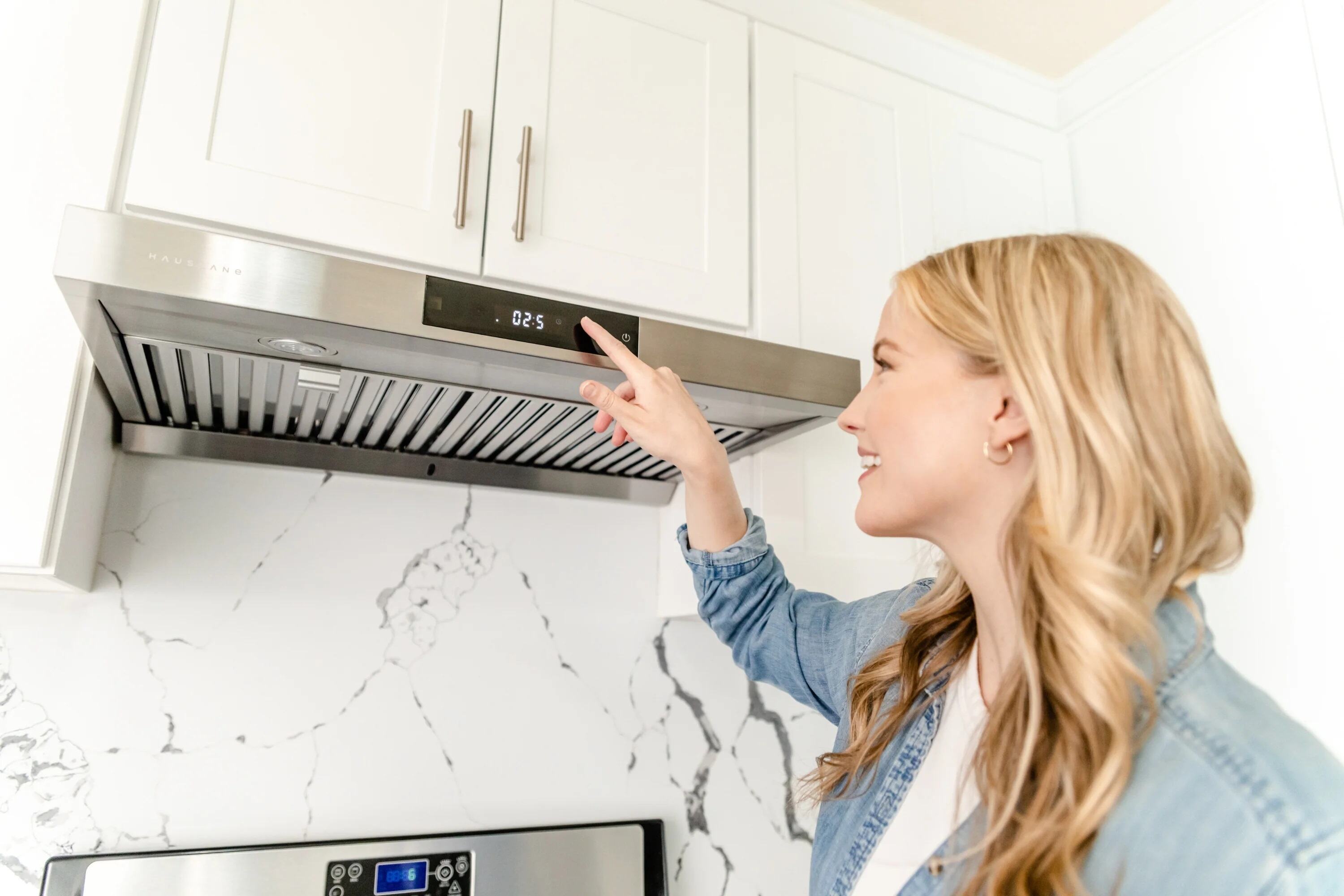

0 thoughts on “How To Measure A Range Hood”